JANICE HOUGHTON-WALLACE looks at how feed relates to fitness in poultry.

Like other livestock, chickens and other species of poultry will have more vitality, enjoy better health and be more productive if they are fed a balanced and suitable diet. Inadequate or insufficient feed leads to a lack of development.
Keeping poultry fit by feeding them a correct ration for their age is much easier than it used to be as commercially bagged feeds are available for the different age ranges and species. Formulated feeds contain all the nutrients needed to grow muscle, bone, internal organs, fat, feathers and produce eggs. These will be in the form of carbohydrates, proteins, fats, mineral and vitamins. The protein levels will be higher in the crumb form for day-old chicks onwards and decrease in the grower, layer and breeders rations as the birds develop. Layer and breeder rations will also contain extra calcium to prepare the birds for egg production.
Pelleted feed is given in the morning as this is easy to digest, then grain, in the form of wheat is fed in the afternoon as this takes longer to digest and will provide for the birds overnight. Kibbled maize is included in some mixed corn feed and birds do love it but it’s a warming feed and better fed during the winter months.
Bu hikaye Practical Poultry dergisinin Sept - Oct 2017 sayısından alınmıştır.
Start your 7-day Magzter GOLD free trial to access thousands of curated premium stories, and 8,500+ magazines and newspapers.
Already a subscriber ? Giriş Yap
Bu hikaye Practical Poultry dergisinin Sept - Oct 2017 sayısından alınmıştır.
Start your 7-day Magzter GOLD free trial to access thousands of curated premium stories, and 8,500+ magazines and newspapers.
Already a subscriber? Giriş Yap
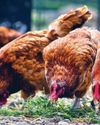
Growing food for Chickens
Mary Larham explores some crops to grow on your holding…
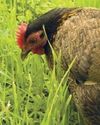
Poultry in the garden – the truth!
Jo-Jane Buxton shares her experiences

The British Waterfowl Association
Which came first, the goose or the egg?

WHY FIT A FAN IN AN INCUBATOR?
Brinsea Products, the Incubation Specialists explain the difference between still air and forced draught
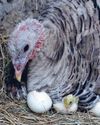
Incubating turkey eggs
Janice Houghton-Wallace looks at broody turkeys and artificial incubation

Chicken nesting box herbs
Diana Clauss owns The Blue Feather Farm, in St Cloud, Florida, home to chickens, ducks, goats, and Anatolian Shepherd dogs.
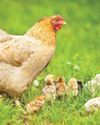
Incubate in January?
Jessica Wombwell says plan the breeding
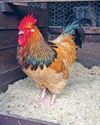
Andy's DIARY
Andy emphases the importance of keeping out damp and wet but allowing ventilation even in cold weather
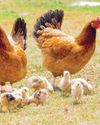
Feeding for Breeding
It may be winter, but as Joanna Palmer, nutritionist for Smallholder Range explains, now’s the time to get your flock in tiptop shape and plan ahead for a successful breeding season next spring.

A chick named Cuckoo raised by a duck!
Chris Hammacott and her husband live on a small croft in the Outer Hebrides, they keep a ‘no kill’ flock or rare and rescue sheep which they use to spin and weave rugs. They also share the 8 acres with hens, ducks, cats and 9 rescue pugs.